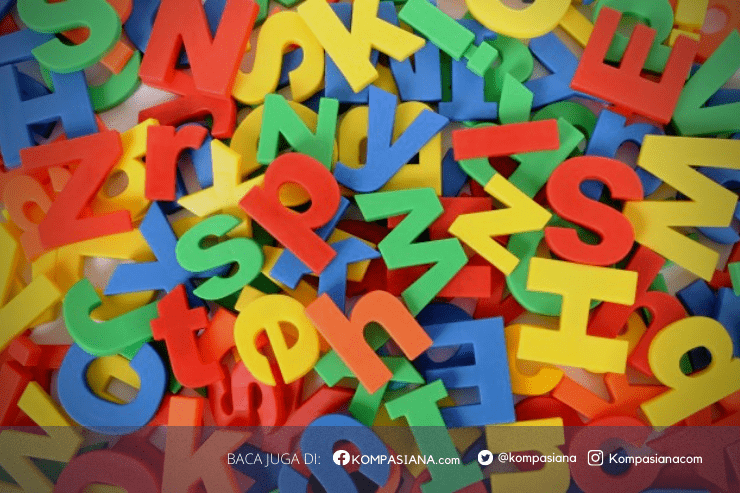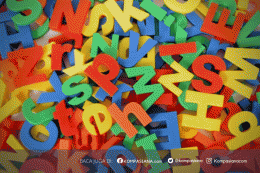Muh Arya Wibisono
Universitas Sebelas Maret Surakarta
Understanding the theory of implicit and explicit learning is essential before exploring strategies for their implementation. Ellis et al. (2009) define these terms based on how learners acquire language skills. Implicit learning involves acquiring language through communication in naturally occurring social situations, making the process subconscious. Conversely, explicit learning occurs through guidance from reference books or classroom instruction, which is a conscious process. Park (2020) explains that a naturalistic environment---informal and unstructured---is conducive to implicit learning, while an instructed environment---formal and tutored---supports explicit learning. For instance, a preschool phase with tutored activities would fall under an instructed environment. According to Klein (1986), implicit learning focuses on communication, whereas explicit learning emphasizes language systems.
The distinction between implicit and explicit learning can be complex. Under certain conditions, implicit learning may occur during explicit learning. For example, learners may subconsciously identify patterns outside the topic being explicitly taught. In other words, implicit and explicit learning can be combined. In fact, explicit learning often complements implicit learning. Schmidt (1990, 2001) asserted that explicit learning helps make the target language salient, fostering familiarity with specific language concepts. To integrate both types of learning, teachers must understand the principles of input- and output-based techniques.
Input-Based Techniques
Park (2020) provides examples of input-based techniques, such as repetition of certain patterns. This approach, classified as "focus on form," can blend implicit and explicit learning. For instance, teachers can use input flood, which involves exposing students to abundant language input aligned with learning objectives. Input can be delivered through text, audio, or audio-visual materials. Teachers should tailor these materials to meet students' needs, avoiding overly complex vocabulary or grammar that may disengage learners. Materials perceived as "dull" may hinder implicit learning, as students may associate them solely with formal instruction.
During the input flood phase, students should engage with the materials in a natural and unstructured manner. Teachers can facilitate "free-guided time" where students explore the materials without explicit connections to upcoming lessons. For example, students might listen to a story or watch a video without being instructed to analyze specific language elements.
After "free-guided time," teachers can leverage Schmidt's (1990, 2001) findings by guiding students to analyze new learning materials. Explicit tasks might involve examining materials repetitively to identify patterns in the target language. Nassaji and Fotos (2011) emphasize the importance of limiting the target language system to help students focus effectively. Materials can progress from simpler formats (e.g., with bolded or italicized target language elements) to more complex, unmarked texts. Since students process information at varying paces, teachers should provide sufficient time for them to internalize meaning before addressing language systems (VanPatten, 2004). Feedback at the end of this phase serves as both guidance and additional language input.
Output-Based Techniques
Swain (1985) highlights the role of output in helping learners test their hypotheses about language use. Through hypothesis testing, learners identify gaps in their knowledge, either by noticing their inability to convey meaning (a "hole") or by realizing discrepancies between their understanding and that of an interlocutor (a "gap"). Nassaji and Fotos (2011) argue that output-based techniques enhance the quality of input, as students negotiate meaning and refine their language use.
Practical Implementation Guide
Provide personalized learning materials for input flood before class.
Allow students time to engage with the materials (read, listen, watch, or sing) without explicitly stating learning objectives.
Discuss the content or students' reviews of the materials.
Introduce new personalized materials and repeat the engagement process.
Facilitate a group session where students note key information from the materials.
Guide students to observe and identify patterns in the target grammatical structure.
Ask students to summarize their findings.
Allow students time to process the information.
Encourage students to create examples based on their observations.
Facilitate peer practice where students test their hypotheses.
Instruct students to document feedback received during peer interactions.
Provide comprehensive feedback and reviews to conclude the learning process.
Conclusion
Teachers can effectively integrate implicit and explicit learning within the same lesson plan. Implicit learning offers natural communication input, while explicit learning clarifies language system concepts. By balancing these approaches, educators can optimize language acquisition outcomes.
References
Ellis, R., Loewen, S., Elder, C., Erlam, R., Philp, J., & Reinders, H. (2009). Implicit and Explicit Knowledge in Second Language Learning, Testing, and Teaching. https://doi.org/10.21832/9781847691767
Nassaji, H., & Fotos, S. (2011). Teaching Grammar in Second Language Classrooms: Integrating Form-Focused Instruction in Communicative Context. Routledge.
Park, E. S. (2020). Instructed SLA: A Practical Guide for Teachers.
Schmidt, R. (1990). The Role of Consciousness in Second Language Learning. Applied Linguistics, 11(2), 129--158. https://doi.org/10.1093/applin/11.2.129
Schmidt, R. (2001). Attention. In P. Robinson (Ed.), Cognition and Second Language Instruction (pp. 3--2).
Swain, M. (1985). Communicative Competence: Some Roles of Comprehensible Input and Output in Its Development. In S. Gass & C. Madden (Eds.), Input in Second Language Acquisition (pp. 235--256). Newbury House.
VanPatten, B. (2004). Processing Instruction: Theory, Research, and Commentary. Lawrence Erlbaum Associates.
Follow Instagram @kompasianacom juga Tiktok @kompasiana biar nggak ketinggalan event seru komunitas dan tips dapat cuan dari Kompasiana. Baca juga cerita inspiratif langsung dari smartphone kamu dengan bergabung di WhatsApp Channel Kompasiana di SINI








